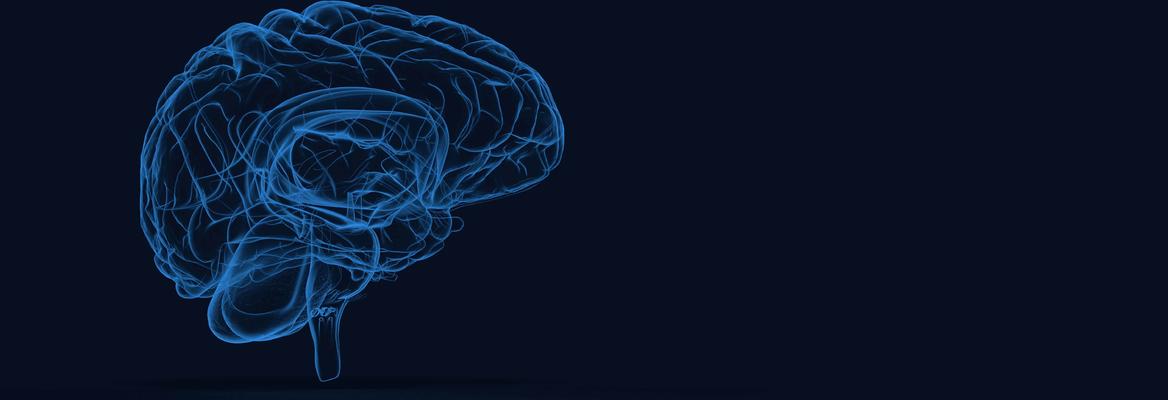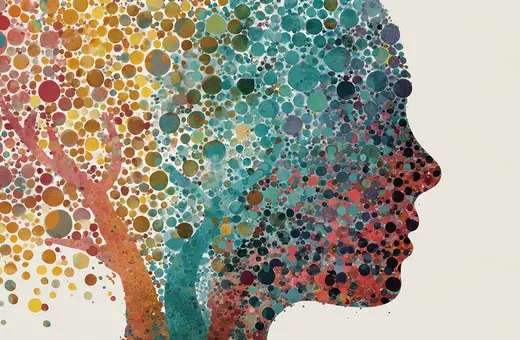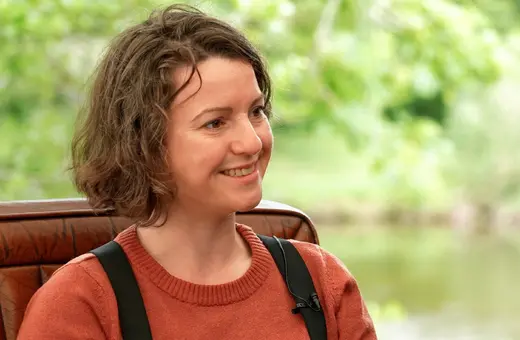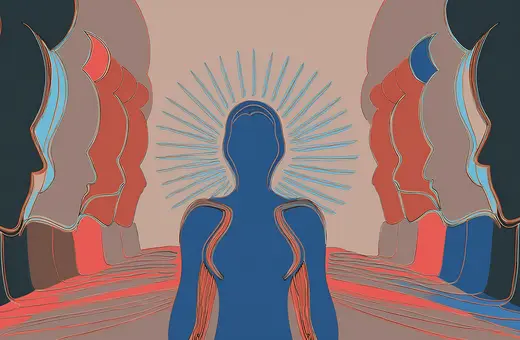The idea that the left brain is logical and the right brain is creative has permeated through mainstream culture. But there’s a problem. It’s not true. Writes Scott Barry Kaufman. Find the main proponent of the split-brain theory, Iain McGilchrist's response to Kaufman here.
So yea, you know how the left brain is really realistic, analytical, practical, organized, and logical, and the right brain is so darn creative, passionate, sensual, tasteful, colourful, vivid, and poetic?
Thoughtful cognitive neuroscientists such as Anna Abraham, Mark Beeman, Adam Bristol, Kalina Christoff, Andreas Fink, Jeremy Gray, Adam Green, Rex Jung, John Kounios, Hikaru Takeuchi, Oshin Vartanian, Darya Zabelina and others are on the forefront of investigating what actually happens in the brain during the creative process. And their findings are overturning conventional and overly simplistic notions surrounding the neuroscience of creativity.
___
Creativity does not involve a single brain region or single side of the brain.
___
The latest findings from the real neuroscience of creativity suggest that the right brain/left brain distinction does not offer us the full picture of how creativity is implemented in the brain.* Creativity does not involve a single brain region or single side of the brain.
Instead, the entire creative process– from preparation to incubation to illumination to verification-- consists of many interacting cognitive processes (both conscious and unconscious) and emotions. Depending on the stage of the creative process, and what you’re actually attempting to create, different brain regions are recruited to handle the task.
Importantly, many of these brain regions work as a team to get the job done, and many recruit structures from both the left and right side of the brain. In recent years, evidence has accumulated suggesting that “cognition results from the dynamic interactions of distributed brain areas operating in large-scale networks.”
Depending on the task, different brain networks will be recruited.
For instance, every time you pay attention to the outside world, or attempt to mentally rotate a physical image in your mind (e.g., trying to figure out how to fit luggage into the trunk of your car), the Dorsal Attention / Visuospatial Network is likely to be active. This network involves communication between the frontal eye fields and the intraparietal sulcus.
If your task makes greater demands on language, however, Broca’s area and Wernicke’s area are more likely to be recruited.
But what about creative cognition? Three large-scale brain networks are critical to understanding the neuroscience of creativity. Let's review them here.
Network 1: The Executive Attention Network
The Executive Attention Network is recruited when a task requires that the spotlight of attention is focused like a laser beam. This network is active when you're concentrating on a challenging lecture, or engaging in complex problem solving and reasoning that puts heavy demands on working memory. This neural architecture involves efficient and reliable communication between lateral (outer) regions of the prefrontal cortex and areas toward the back (posterior) of the parietal lobe.
Network 2: The Imagination Network





















Join the conversation